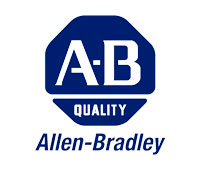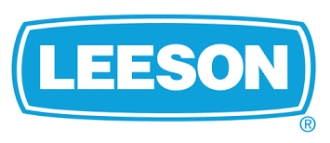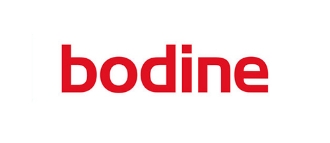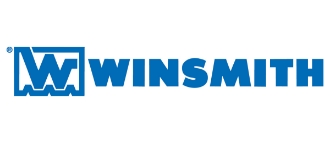
General Purpose Motor or Inverter Duty Motor
For every engineering application that calls for a motor, you have numerous options – and one of the most fundamental questions is whether to utilize a standard general-purpose motor or use a more modern inverter duty motor instead. This isn’t merely a question of price vs. performance – these two types of motors have significantly different functions and purposes, so choosing the right one for your application is vital.
The best way to find the right motor for your project is to ask motor experts, but here are some basics of choosing between the two motor types.
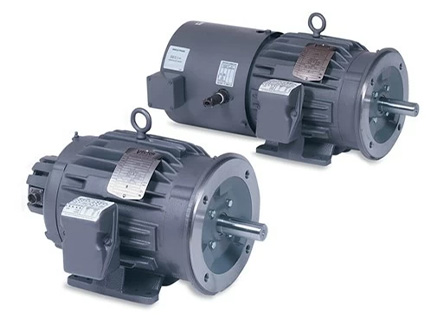
Quickly Search for an Mechanical Equipment you are looking for:

Request a Quote

Get in Touch

Get started with our simple, proven AES Repair Process
Once we have received your item for repair, we will receive the item in our system.
1Our quoting specialists will evaluate your item and determine the parts and labor necessary to complete the repair.
2Following your approval, we will get to work on your repair. One of our repair technicians will troubleshoot the problem(s) with the item.
3To ensure the highest level of quality throughout the repair process, we comply with ISO 9001:2015 Certified QMS standards, and an ESD program.
4Once the repair is complete, we safely package your item and prepare the item for delivery or shipment.
5Our Partners and Brands We Repair
All product names, trademarks, brands and logos used on this site are the property of their respective owners. The depiction, description or sale of products featuring these names, trademarks, brands and logos is for identification purposes only and is not intended to indicate any affiliation with or authorization by any rights holder.
General-Purpose Motors vs. Inverter Duty Motors – What’s the Difference?
Most of todays General Purpose motors are Inverter Rated – suitable for use with a VFD but do not have the speed adjustability offered by a true inverter Duty Motor.
General-purpose motors don’t have to use a VFD though, they can be run directly off AC power, with power coming at a very clean and consistent sine wave at 60hz. This creates a steady flow of power with relatively few voltage peaks and little line noise as well. This makes them a good fit for a wide variety of basic applications.
However, the downside to this approach is that such a motor only runs at a single speed. Should the motor need to run at variable speeds, it has to do so by utilizing gears or other mechanical means to change that speed – which is inefficient and adds complexity to the design. As a result, these motors tend to run hot when they’re outside of the standard speed zone, particularly if they’re running slowly – a lot of mechanical effort is needed to slow things down.
Marathon Inverter Duty Motor
This is where inverter duty motors come in, which were explicitly designed to be able to function at variable speeds, which is necessary for a wide variety of products and applications today. They first take the incoming AC power and convert it into DC. Power transistors are then used to introduce artificial waves into the current, creating a simulation of AC – but where the wavelength and frequency can be precisely controlled. It sounds inefficient, but this approach allows for genuinely variable-speed motors with minimal extra mechanical energy needed.
The more demanding the application is, the more specifications the motor must have to accommodate it. You can determine which motor would best optimize your operational efficiency by answering these 3 key application questions:
1 – Is the Application Constant Torque or Variable Torque?
The first factor to consider when determining whether to use an inverter duty motor vs standard motor is the torque capability. Variable torque applications, like fan and pump applications, require more torque as the speed increases. Standard motors generally will not overheat based on reduced torque and current requirements at lower speeds. Therefore, variable torque applications are typically paired with standard motors.
Constant torque applications, like conveyors or general machine applications, require the same amount of torque throughout the speed range. Because inverter duty motors are designed to operate at low speeds and not overheat, inverter-duty motors can produce a wider constant torque speed range than a standard motor.
2 – What is the Maximum and Minimum RPM Speed the Motor Will Run At?
Due to the motors’ unique capabilities, specifying the application’s range of speed can often point you in the right direction when considering an inverter-duty motor vs standard motor.
Depending on the size (HP) and type, a standard, totally enclosed fan-cooled motor is proficient for a 4:1 up to a 10:1 constant torque speed range. If the application requires a speed range beyond what is noted on the standard duty motor nameplate, an inverter duty motor should be considered. Inverter duty motors can accommodate speed ranges up to 1000:1 or more and are capable of providing full-rated torque at zero speed, as well as operating over its base speed.
3 – What is the Duty Cycle and Dynamic Performance Required for the Application?
A motor’s duty cycle, or the number of times per hour the motor starts/stops, and dynamic performance, how quickly the motor is required to get the load up to speed, are two key indicators for determining the type of motor performance required.
In applications where speed synchronization is critical for optimum production quality, like electronic line shafting, inverter duty motors with encoders are preferred for their ability to provide rotor speed and position information.
When needed, inverter duty motors can offer wider speed ranges, encoder kits and motor cooling designs for slow speed operation.
Need help? AES is here to take care of you. Contact us at (866) 386-1001 or request a quote today.







